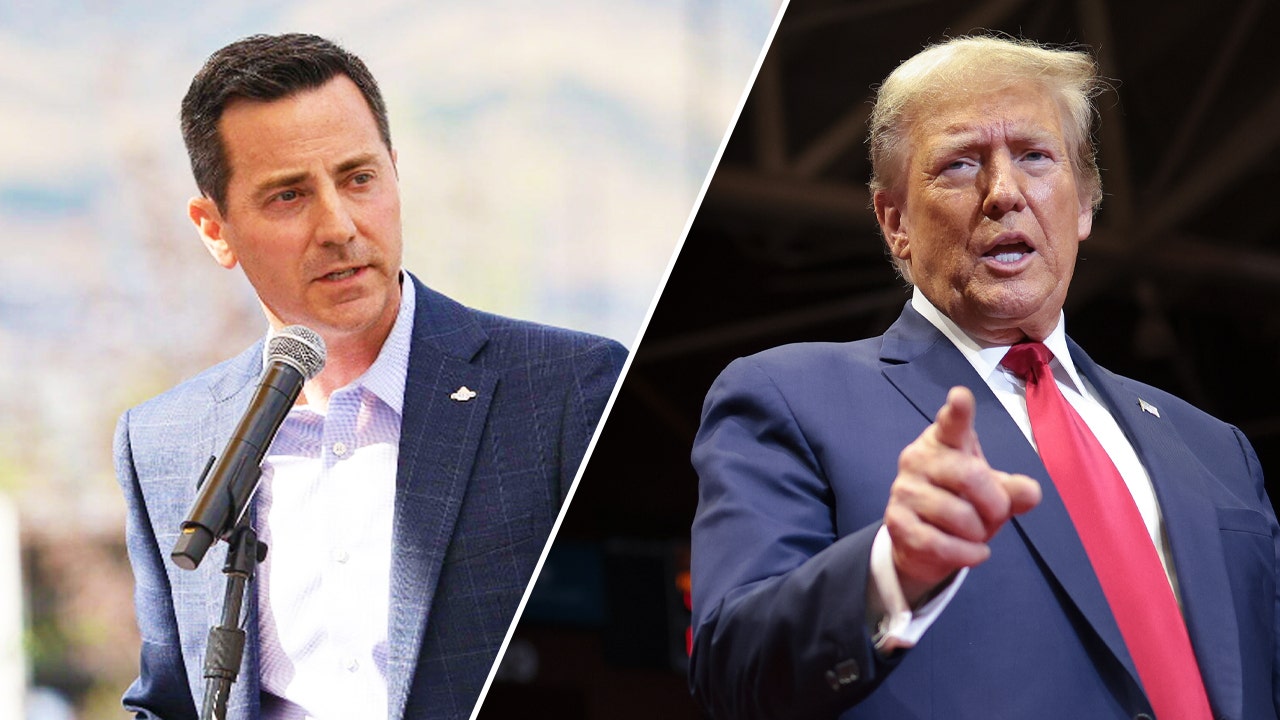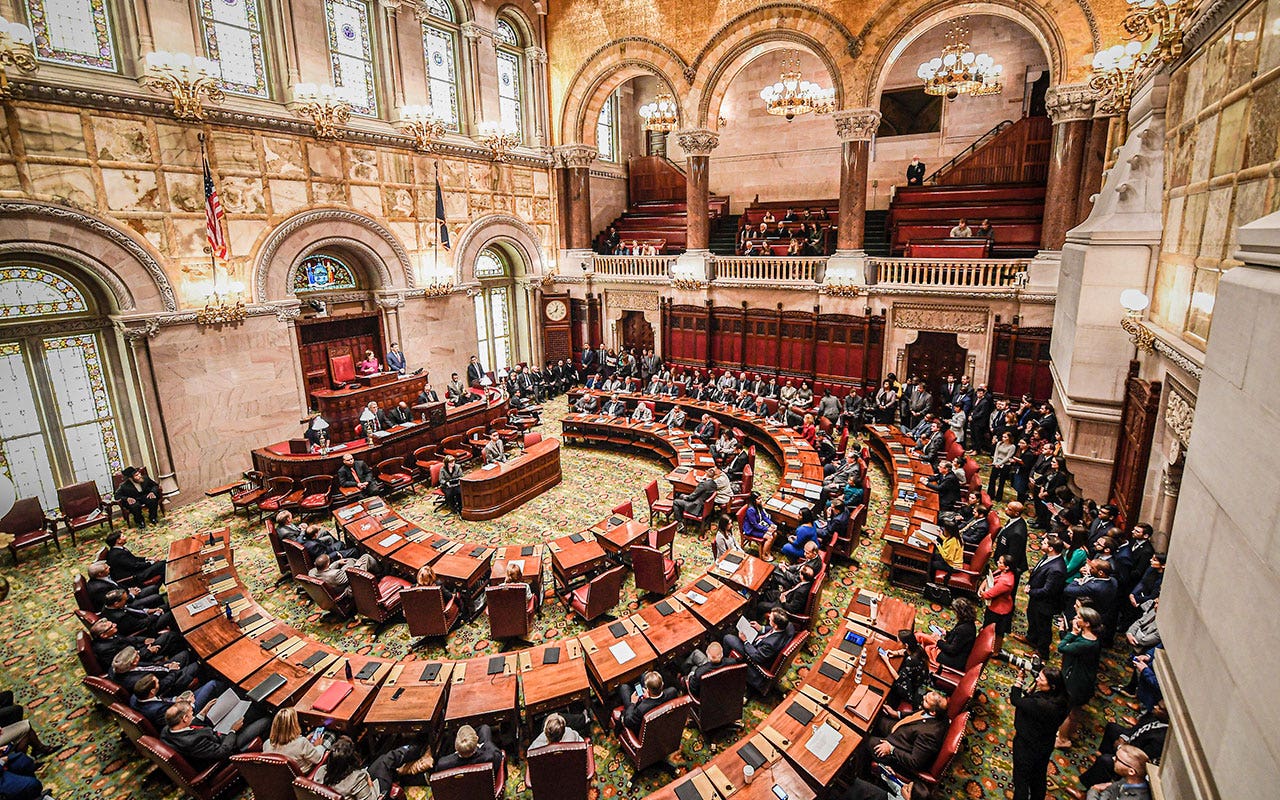The Biden administration on Thursday strengthened protections of the Endangered Species Act, repealing Trump-era rules that had stripped safeguards for plants and animals that are threatened by human development and the climate crisis.
The newly finalized regulations will reinstate so-called blanket rule protections for species listed as threatened with extinction in addition to those listed as endangered. In 2019, the Trump administration removed protections for threatened species, a specification that falls below endangered.
The Biden administration rules also finalized a provision that agencies can’t consider the economic impact of listing certain species as threatened or endangered – another Trump-era provision. The new rules will also consider the threat of climate change.
“As species face new and daunting challenges, including climate change, degraded and fragmented habitat, invasive species, and wildlife disease, the Endangered Species Act is more important than ever to conserve and recover imperiled species now and for generations to come,” US Fish and Wildlife Service Director Martha Williams said in a statement.
The rules are likely to be challenged by industry groups and Republican states, who have mounted legal challenges to many of the Biden administration’s climate and environmental regulations.
While the new rules are stronger than the steep Trump administration rollbacks, they fall short of Obama-era protections, said Drew Caputo, vice president of litigation for lands, wildlife, and oceans at environmental law firm Earthjustice.
“Today’s action has some important good things and important things that were not fixed, which is troubling because the species we’re talking about here, by definition, are on the brink,” Caputo said.
Caputo cited the Trump-era rule that required agencies to demonstrate “reasonable certainty” harm would befall a species unless it was given federal protection, something Caputo said gives agencies more leeway to not list species.
“The problem with that provision is there’s always uncertainty with what’s going to happen in the future,” Caputo added.
Some industry groups were critical of the changes, which they characterized as too restrictive.
“While we strongly support the conservation goals of the ESA … it has become a tool to impose unnecessary development restrictions and create regulatory uncertainty, rather than accomplish the important work of advancing species recovery or protection,” said National Mining Association spokesperson Conor Bernstein.
The rules cover species on land and in the seas; they were crafted within the Fish and Wildlife Service and the National Oceanic and Atmospheric Administration’s National Marine Fisheries Service.
NOAA’s Endangered Species Act work will “focus on mitigation of ongoing threats such as altered ecosystems due to climate change,” NOAA Fisheries Assistant Administrator Janet Coit said in a statement. Global ocean temperatures spiked to historic levels in 2023, bleaching coral reefs in Florida and prompting alarm from scientists. Marine heat waves have continued into the new year.
Caputo said that while it’s important to consider the role of climate change, the main driver of species extinction is humans destroying habitats.
“There’s a climate crisis and there’s also a biodiversity crisis,” Caputo said. “I think a lot of people think the climate crisis is the main driver of the biodiversity crisis – that’s not true. It’s habitat destruction.”












